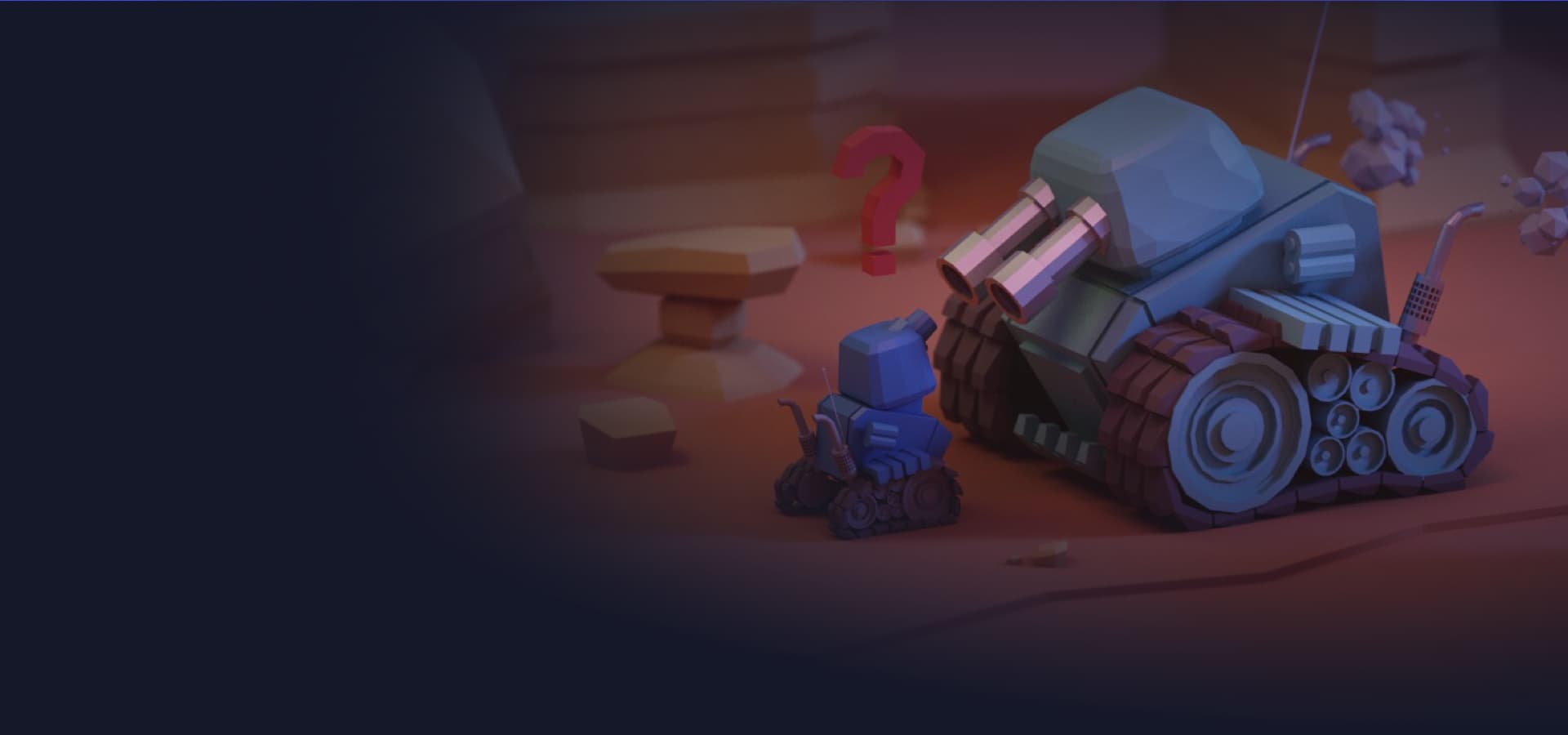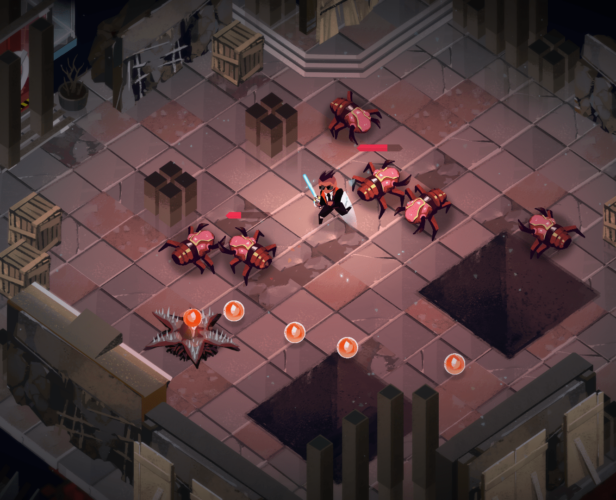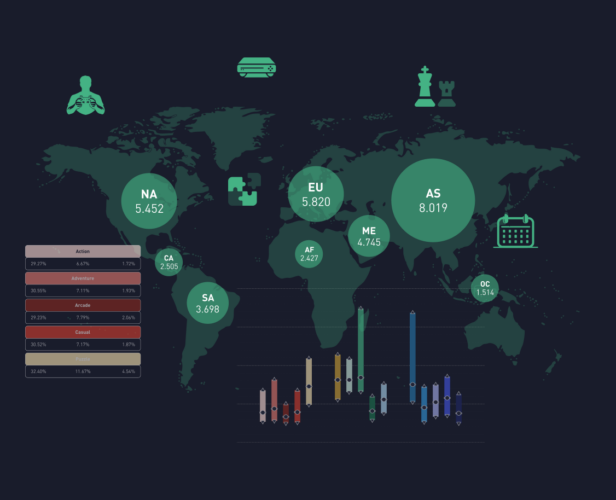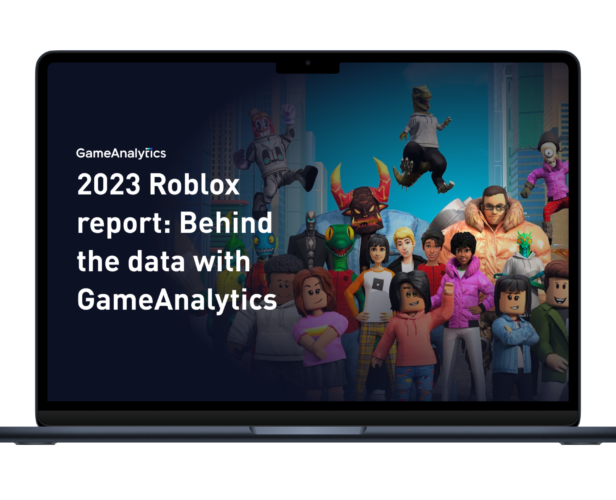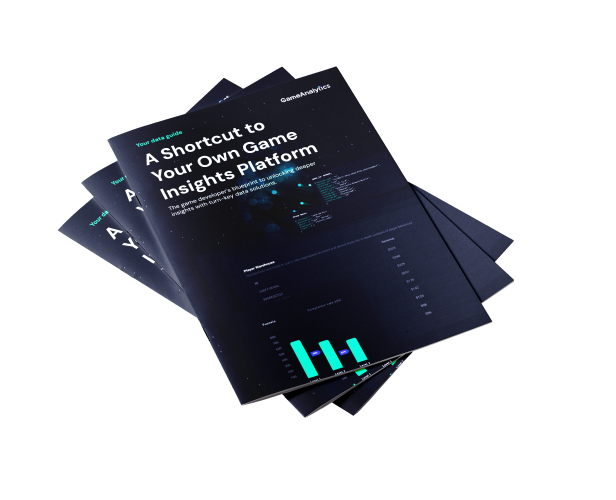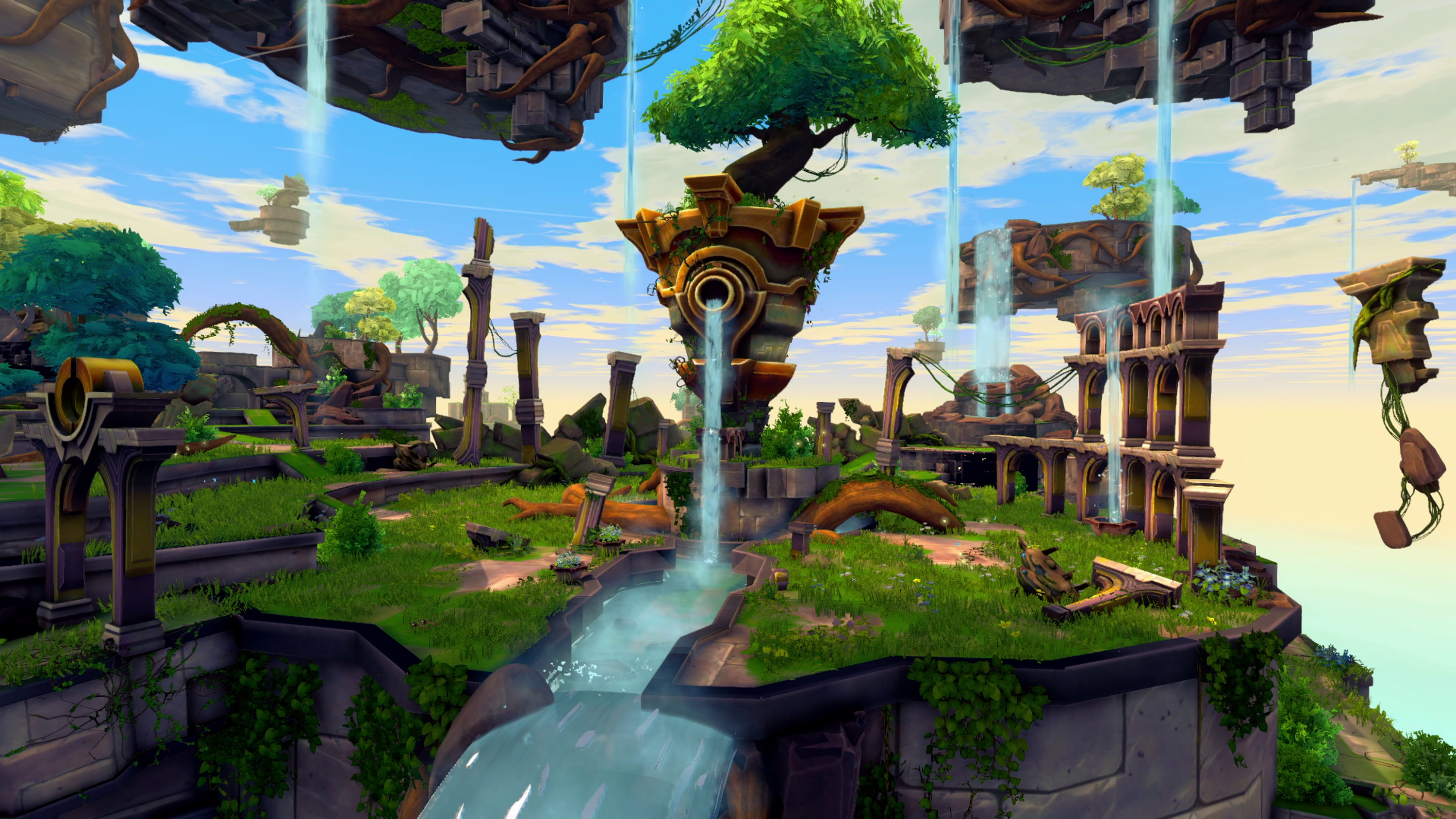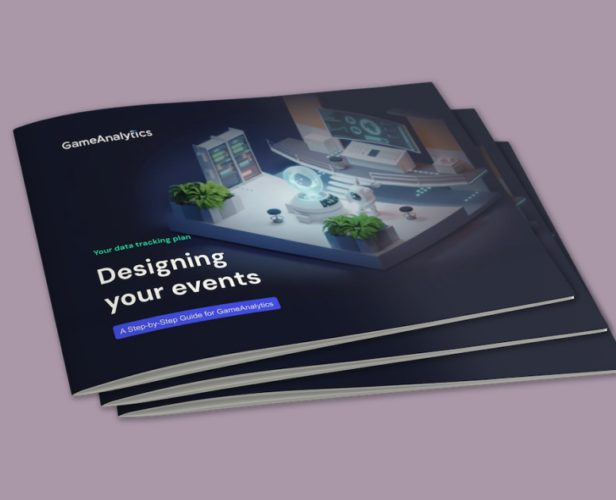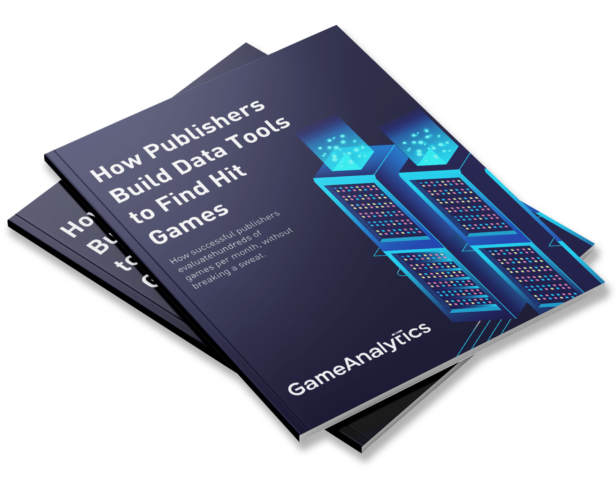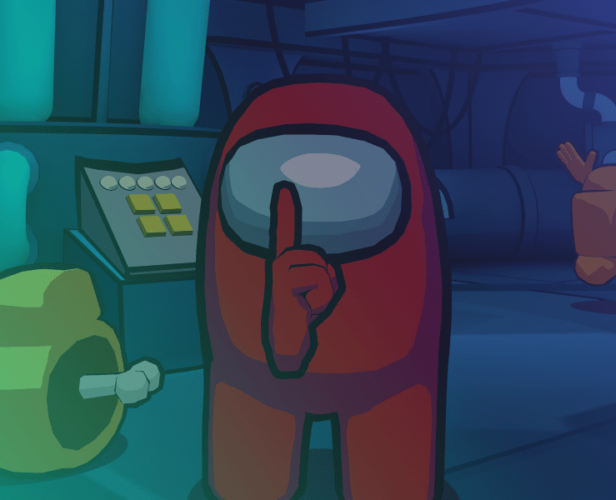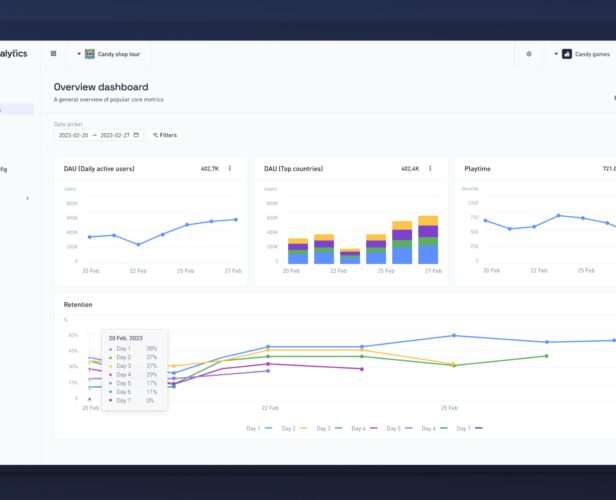Resources > All
Insights and tips about the games industry
Subscribe for gaming insights, industry reports and product updates delivered straight to your inbox.
#Data & Analytics
What Kinds Of Western Games Have Taken Off In Japan?
Editor’s Note: this post was originally published by Kalle Heikkinen, Chief Game Analyst at GameRefinery. With almost 400 game analysed under his belt, Kalle has a solid understanding of what works and what doesn’t in the mobile game market. A few weeks back, GameRefiney took a look at which Western games have been able to make a splash in China. This time around, they set their gaze on the land of the rising sun, an extremely attractive market with one of the highest average revenue per player-stats in the world. Gaining traction in this highly competitive market is difficult, however, as local brands and publishers have a strong following among the Japanese. Nonetheless, despite these challenges, a good number of Western games have been able to hold decent top grossing positions in Japan. The question is: what are these games and what genres...
#Guides
Mobile vs Desktop UI: Key Differences In Design
Mobile gaming continues to outpace both PC and console segments in the global games market, and now represents over half (51 per cent) of the total market share, according to Newzoo. And in today’s market, developers are no longer making a game for just one device. Mobile games in particular can now be been seen on desktop, Nintendo Switch, and other top consoles. So when keeping all of these unique devices in mind, how can you make sure your game’s UI works across them all? Psst! This post is slightly longer than usual, so you can jump to something in particular, if you want: Keeping it simple – difference in space and layout Choose your controls well – buttons vs. HUDs When to turn up the graphics – quality control UI checklist: testing your interface Top takeaways: everything summed up...
#Marketing & Publishing
Boyfriend Dungeon: The Secrets Of Their Email Marketing Strategy
Editor’s Note: this post was originally published by Chris Zukowski, Creative Director at Return to Adventure Mountain, who also developers games that are bizarre twists on classic genres. You’ll recognise his work in titles such as Return of the Zombie King and Wizard Golf RPG. Boyfriend Dungeon is an indie game being developed by Kitfox Games about dating luxuriously beautiful weapons and then using them to fight monsters. It was originally announced back in October 2017. On August 15th of 2018, the Kitfox team launched a Kickstarter for the game. The Kickstarter took the internet by storm and went totally viral on social media. The Boyfriend fever even reached as far as general interest magazines like Gentleman’s Quarterly. The game was funded within hours and when the Kickstarter ended 30 days later it earned 4x its initial goal. The team executed...
#Game Deconstructions
Taking The Plunge Into Game Dev – Beasts Of Burden Interview
Located within the Copenhagen branch of GameAnalytics is our GameHub, where anyone can come and use the space in order to develop and grow their games. One such group are the developers of Beasts of Burden, who have just started their kickstarter campaign… Thanks for chatting with me today. Can you shed a light on what Beasts of Burden is? Gladly. So, in short, Beasts of Burden – bob – is a game-driven approach to establishing better habits, overcoming stress, and improving feelings of well-being. We’ve based this game on 30 years of research into stress management, and it provides bite-sized and fun activities proven to build a resilient mindset. All of which is delivered by powerful A.I. within one central app. Here’s a nifty video we put together to build a better picture of what it’s about: And how...
#Tool & Product
GameAnalytics Product Update – What’s New In Our Platform
Earlier this year, we ended our open beta and officially released a major upgrade to GameAnalytics. To keep you in the loop with what’s new, we’ve outlined the improvements and features that have been released since we went live, and what you can expect to see on the horizon. What’s changed with the upgrade? The first thing you’ll notice is that we have introduced new functionality like multidimensional filtering, the ability to split your data by specific dimensions or events, and changing gameplay parameters within your live games. We’ve also refreshed our existing features. Check out these blog posts to learn more: GameAnalytics Beta Update Overview New & Improved Multidimensional filtering About Druid – GameAnalytics New Backend Technology Improvements since we went live Since we went live in September, we have been listening closely to your thoughts and feedback. The...
#Game Deconstructions
Key Lessons From Studio Q – BitMango Interview
After the launch of one of their biggest games, I spoke with Sung-Ku Kim, Director of Studio Q at BitMango, to understand more about the history of the company, and key lessons the studio learned on their path to success. Before we dig into the details, are you able to give us some background into how BitMango started? BitMango has had an interesting journey actually. We originally started out as a subsidiary of a company called Datawave, which was mainly focused on keyword search ads. The CEO of Datawave, Kisup Lee, was inspired by the gaming industry, and so looked to invest in it. And that’s where BitMango came in. To enter such a competitive market, we really had to maximize our data analysis capabilities and use key metrics to monitor the performance of our games – which was our...
#Mechanics & Features
Match3 Games – Meta Layers And Matching Types
Editor’s Note: this post was originally published by Erno Kiiski, Chief Game Analyst at GameRefinery. In his job, he’s played and analyzed hundreds of titles on a feature level, giving him a strong sense of the current mobile game market. Match3 puzzle is and has always been one of the top genres in mobile gaming – especially in western markets. The simple yet addictive Match3 mechanics appeal to a wide range of players and for many of them, crushing candies and popping bubbles are the first steps into the world of mobile gaming. Being “in the top” can, of course, be defined in various ways, but when it comes to Match3 games, they tick all the boxes. For instance, when looking at IAP revenues generated during the past quarters, the Match3 genre beats its competitors quite clearly in the US:...
#Data & Analytics
Not GDPR Again – Steps To Keep Your Game And Company Compliant
You know the word, and you know it’s important. But what does GDPR really mean? And why do you need to care about it? To help new developers and studios located outside of the EU, we’ve outlined a list of important steps that can keep your game and company fully GDPR compliant. TL;DR – Your GDPR checklist Step 1: Ask for consent Step 2: Find out where you data comes from Step 3: Put safety first (Data Protection Impact Assessment) Step 4: Don’t be clingy (Allow your users to withdraw) Step 5: Know how GDPR affects overseas developers Step 6: Be clear but creative with your forms Step 7: Embrace full compliance So, what exactly is GDPR? GDPR stands for General Data Protection Regulation (GDPR), and this new European law has changed the game on how companies manage personal data....
#Game Deconstructions
7 Incredible Game Design Examples And Why They Work
Deciding how to visually represent your mobile game is arguably the most exciting stage in your app’s development. But it can also be one of the greatest challenges. Balancing breathtaking visuals or charming aesthetic features with practical and seamless navigation is something not all developers have been able to easily achieve. Essentially, a good design style needs to draw users in to an engaging world through great aesthetics and unique visuals, while also supporting the overall user experience. An amazing hand illustrated backdrop by a talented artist is all well and good. However, if it doesn’t match up with your game’s core functionality, it’s not worth the investment. Whether you’re developing hyper-casual or hard-core games, finding the right design involves an appreciation of your genre’s limitations, a practical understanding of user experiences and most of all, a flare for creativity....
#Ads & Monetization
6 Ad Creative Strategies To Nail Your User Acquisition
In an increasingly competitive mobile games market, developers and studios vying for greater user traffic to their titles must pay closer attention to their User Acquisition (UA) strategies. We’re seeing that even tried and tested processes that have gathered impressive numbers of new users in the past are now at risk of becoming ineffective. This is just as much due to overall market competition as it is to the increased automation and machine learning potential of platforms like Google and Facebook. Essentially, automatic optimization of mobile ad creatives has made it harder for titles to differentiate themselves from competitors. And there now remains only a few ways to truly stand out from the crowd. From recognising the importance of original concepts to testing different ad formats, we dig deep into what the best creative strategies are for advertising your mobile...
#Data & Analytics
What Types of Western Games Find Success in China?
Editor’s Note: this post was originally published by Kalle Heikkinen, Chief Game Analyst at GameRefinery. With almost 400 game analysed under his belt, Kalle has a solid understanding of what works and what doesn’t in the mobile game market. Bringing your mobile game to the Asian markets probably crosses every publisher’s and developer’s mind at some point. Along with opportunities, the Eastern markets also present formidable challenges from legislative red tape in China to the specific tastes of Japanese gamers. Moreover, the local publishers in these markets seem to have somewhat of a home-field advantage knowing the ins and outs of how to operate. However, a decent number of Western mobile games have been able to gain a foothold in these markets and rise in the top grossing charts. But what are these games? Which genres do they represent? To answer these...
#Ads & Monetization
Ad Monetization For Hyper Casual Mobile Games – A Data Scientist’s Playbook
Editor’s Note: this post was originally published by Sunny Cha, VP of Marketing at Tenjin. Having worked in previous companies including Tapjoy, Animaco and Gaming Insiders, Sunny brings her extensive experience to the mobile industry. Mobile game publishing is undergoing a dramatic paradigm shift, and hyper casual games are at the center of it all. Characterized by their short engagement loops, low retention, and ad-based monetization, hyper casual titles represent a stark departure from the whale-driven, IAP-centric, tentpole economies traditionally found in the social casino and build & battle genres. This new publishing approach, which has allowed innovators like Voodoo to attract investor attention to the tune of an estimated $200 million, is the product of a disciplined, data-driven approach to growth. By unifying the traditionally disparate practices of user acquisition and mobile ad monetization, data scientists are constructing efficient growth engines to...
#Strategies
Winning Big With Facebook Messenger Games – SOFTGAMES Interview
Being one of the five biggest developers on Facebook Messenger, I spoke with Alexander Krug, CEO of SOFTGAMES, to learn about the history of the studio, and how they use analytics to monitor their successful portfolio of HTML5 messenger games. SOFTGAMES is the world’s largest HTML5 games platform with a pretty awesome vision. Can you give us some background into how it all started? Our journey began in 2006 as a four-person startup in Berlin. At that time, we exclusively developed J2ME Games for all major German television channels such as ProSieben, Sat.1 or RTL, and built titles for TV shows like “Germany’s Next Top Model” or “Formula 1”. The market witnessed a drastic change with the release of the iPhone 3G in 2008. After Steve Job’s open letter “Thoughts on Flash” in 2010 announcing that Flash won’t be allowed...
#Editor's pick
Game data pipeline: Building vs buying
As a large number of studios, publishers, and game developers are heavily relying on data to guide their decisions, they need to decide between building or buying. But which one is more efficient? To assist you in understanding the Total Cost of Ownership (TCO), we broke down the following key considerations: Setup requirements Cost calculation Team needs and recruitment
#Editor's pick
Mobile gaming benchmarks for Q1 2024
Uncover the industry’s performance with Q1 2024 benchmarks. Explore key metrics like retention rates and session engagement to benchmark your games against industry standards. What’s inside? Retention benchmarks for casual, classic, and mid-core games Session length benchmarks for games launched in North America, Europe, the Middle East, and Asia Session count benchmarks across 15 game genres
#Editor's pick
Grow your revenue with Xsolla Web Shop for Mobile Games
“Xsolla anticipated this seismic shift earlier this year, when we launched multiple products that are being actively used by some of the world’s largest game companies to increase profit and build closer relationships with their mobile and pc players. We’ve now combined these products and learnings into an elegant new solution called Xsolla Web Shop for Mobile Games,” said Chris Hewish, President of Xsolla. Through Xsolla Web Shop for Mobile Games, developers can expect significant revenue growth and can reach new players in new geographies previously unavailable to them. This solution solves many challenges developers face; such as discoverability, declining profit margins, lack of control over the user experience, access to localized payment methods, cross game marketing, more efficient user acquisition, effective collaboration with creators and influencers, and much more. Three industry-changing announcements make this opportunity more timely than ever:...
#Editor's pick
2023 Roblox report: Behind the data with GameAnalytics
Download a comprehensive report of Roblox player behavior and game performance based on GameAnalytics data from 2023. This report highlights critical benchmarks and insights to help Roblox creators optimize their games. What’s inside? Devices analysis Players’ daily session frequency Average revenue spent per user Session length and count benchmarks Retention benchmarks Revenue benchmarks
#Editor's pick
The Game Developer’s Handbook to Mastering Data Solutions
Data is the key to success in the ever-evolving landscape of game development. Explore this guide to transform your data into insights using our turn-key data solutions. What’s inside? Our comprehensive guide explores cost-saving strategies and real-world applications for advanced use cases. Learn how to seamlessly integrate data sources, unlock detailed player insights with Player Warehouse, access real-time data with Raw Export, and ensure data privacy compliance.
#Case study
Developing a #1 VR MMO: Ramen VR’s Journey with GameAnalytics
Discover how Ramen VR used data-driven game development to launch "Zenith: The Last City", which became the #1 bestselling game all major VR platforms—including Meta Quest/Rift, Steam and PlayStation VR.
#Editor's pick
Using AI to Supercharge Your Game Art Design
Discover how tweaking AI tool settings can help you generate varied art styles, produce better concepts, and speed up the process from prototype to final design. With AI on your team, creating unique game art has never been easier or faster.
#Editor's pick
Event Design & Tracking Guide for GameAnalytics
Learn how to create an adaptable tracking plan, enabling you to unlock richer insights and maximize the value of your data within GameAnalytics.
#Editor's pick
How studios use DataSuite to find hit games
Learn how successful publishers evaluate hundreds of games per month, to find the next hit game.
#Editor's pick
Among Us VR dev talks about how to create immersive worlds
VR is all about immersion. It’s about allowing players to lose themselves in more than just a game, but a new world. You have to build VR experiences the right way to make this happen. This goal is always top-of-mind for Schell Games. In this interview, we spoke to Schell Games’ Vice President of Product, Charlie Amis, to learn their story. “For VR, you want to make the player feel like they’re actually in the world you’ve created. This isn’t as true or a high priority in PC and console games. If people start to lose that sense of presence and immersion, then a lot of the reason they put the headset on is hurt. They want to go to another world or be someone new. So you need to help them feel like they’re really there and really that...
#Editor's pick
GameAnalytics H1 Update: New Product Improvements!
It’s been a busy time since February, when the largest update in GameAnalytics history was launched. Read on for more information about what’s changed recently, and new functionality coming to the platform very soon.
#Case study
How TapNation uses DataSuite to increase the LTV of 19 hit games by 50% in only 6 months
Smashing obstacles with Giant Rush While they’ve seen huge improvements using DataSuite across their portfolio, one game stands out in particular: Giant Rush. (And not just because the character is huge.) The title has now reached over 140 million downloads. And, through a series of A/B tests and insights from the data they collected, they’ve been able to increase the LTV by a whopping 200% over six months for this specific title. “It’s because we A/B test every day,” Philippe Grazina from TapNation says. “We ask questions like: When are players leaving the game? For example, the boss in Giant Rush. If we spot that they’re leaving at the same point every time, we know we need to make a change. Small details like that really help.” Through these granular insights, TapNation can iterate and improve on their game step...
#Editor's pick
How to Build a Data Warehouse for Games from Scratch
Over our last couple of blogs around data warehouses, we’ve explained how they let you analyze data from across your portfolio and look at what insights you can gather from them. Now, we’ll dive into how to build a data warehouse. What steps do you need to take and what resources will you need? To figure this out, we’ve rounded up the costs, steps, and tools we think you’ll need to get started. Please note, that we haven’t included the cost of running an engineering department (which you’ll need), which can end up being a lot of $$$. What do I need to get started? Before you start, you’ll need to ensure you have the right people. You’ll likely need a software or data engineer, and perhaps an architect or DevOps engineer. You’ll also need to budget for tools like...
